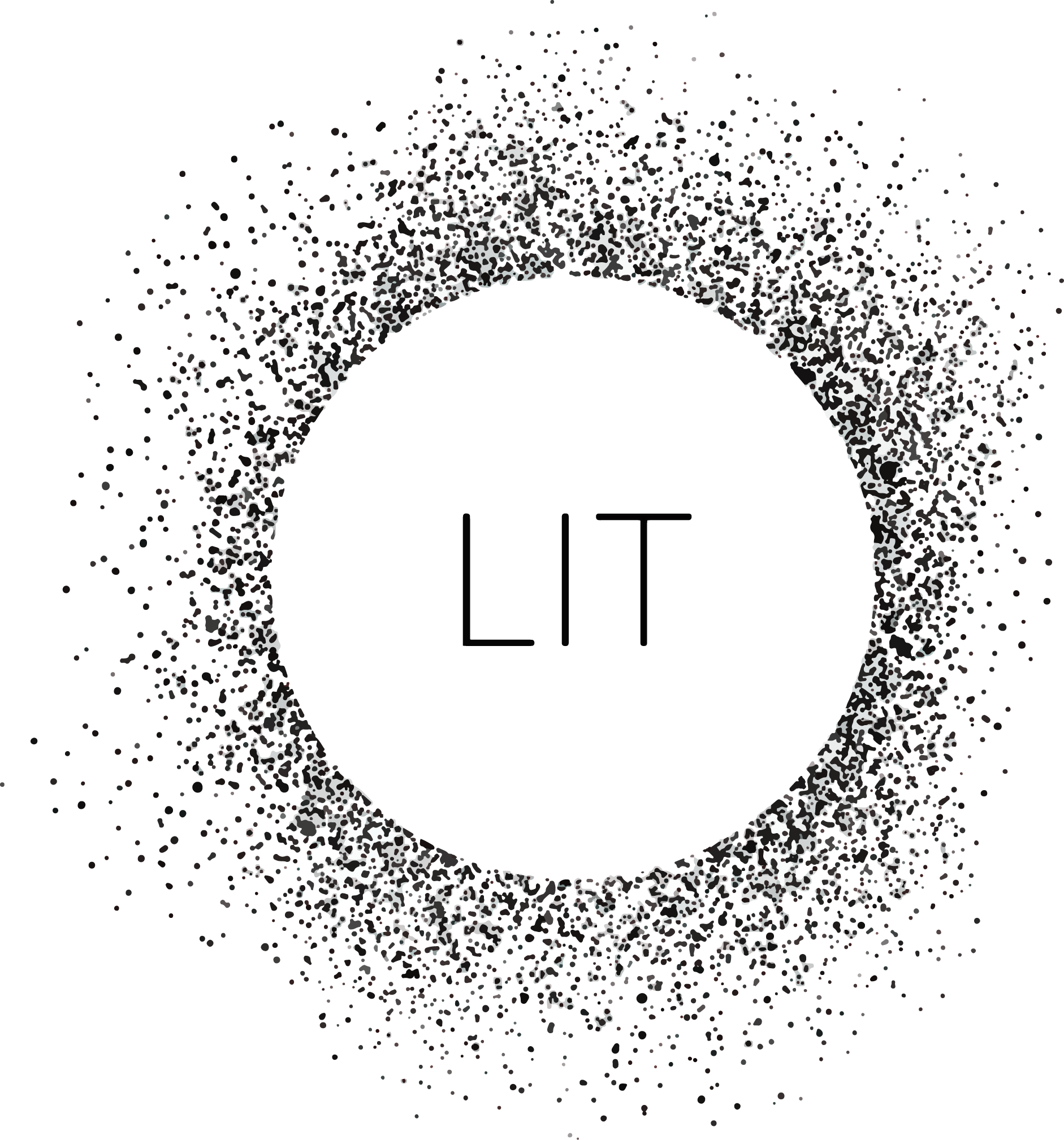Gold Medal - improvement on the IrrE plasmid
For our Gold Medal we improved the BBa_K729005 biobrick (the IrrE plasmid), by further characterising and testing it in simulated extreme conditions. For example, we tested higher salinity conditions than other teams have done in previous years to give the plasmid a new function. Results show that E coli cells with the IrrE plasmid are more resilient to oxidative stress, high salinity and viscous growth media compared to controls over a period of 30 hours.

Figure 1 showing optical density measurements after 30 hours between controls and cell with the IrrE plasmid in different media.
Why we did it
The IrrE protein from Deinococcus Radiodurans helps cells survive in harsh environments. iGEM 2012 demonstrated that it enables survival at high salinity levels. We decided to further characterise this protein in terms of a higher salt concentration, oxidative stress and viscosity. This characterisation applies to our light bulb and to Barchitecture.
We decided to engineer E. Coli to bioluminescence in response to sunlight levels to produce an efficient eco-friendly source of street illumination. Since this product is meant to co-exist with the general population, it will require to be cleaned with highly toxic agents. Thus we require our cells to be slightly more resistant to toxic compounds (ie. peroxide as a disinfectant) to extend the lifespan of our bulb as much as possible. This is an essential part for our entrepreneurship, to make the bulb a sustainable product.
After working with BluePHA, a company focused on using synthetic biology for the fine design of nano-level microbial manufacturing, we decided to turn to PHA-based structure generation. At BluePHA, they have developed bacterial PHA production and secretion using a strain found at high salt concentration levels in Tibet. This hardy strain is able to produce a higher yield of PHA and thus is a more economical and effective PHA producing microbe. Since we could not get details on the genetic constitution of this strain, we decided to explore the IrrE protein from Deinococcus Radiodurans, which had been previously characterised by UCL 2012.
We measured optical densities over a period of 30 hours, with the cells containing the IrrE plasmid surviving, compared to controls. Our results give future iGEM teams the possibility of experimenting with cells in extreme conditions, relevant to their applications.
Methods
In this experiment, we aimed to test viability of IrrE harboring cells in conditions of high salinity and oxidative stress and make improvements on previous data (lubricants) from UCL iGEM 2012 & 2015. Cells will need to survive under oxidative stress because the light bulb we made sometimes needs to be cleaned. Normally cleaning agents contain certain levels of oxidants that reach the disinfectant level. We used 1.5% of H2O2 and treated cells for 15 mins to simulate disinfection process.
IrrE cells and control were grown in four media. Controls had LB, while the other either LB+1M NaCl, LB+1.5% H2O2 or LB+40%v/v lubricant. For H2O2 environment, we treated the pelleted cells from overnight culture by incubating them in 1.5% H2O2 solution for 15 mins and then re-suspended the cells with pure LB before inoculation. As for the rest of the samples, overnight cultures were pelleted and re-suspended with pure LB. All inoculation samples started with optical densities of 0.001(OD600=0.001). The cell cultures were put in shaking incubator (37˚C, 220 r.p.m) for 30 hours. Optical densities were measured constantly throughout the whole experiment.
Results & Conclusion
The final results show the expected results (see Figure2 below). IrrE promoted the growth of cells in lubricant and brine greatly. There has been conversable growth of H2O2 treated cells although OD600 has not reached level as cells in LB should be. All three tests showed IrrE can provide protections to cells under some extreme conditions and it is necessary for our cells to survive in the bulb when it comes to cleaning. Therefore, we can transform cells with the IrrE plasmid so that hydrogen peroxide can be used as a cheaper disinfectant in the maintenance of the bulb.

Figure 2A shows optical density measurements after 30 hours between controls and cell with the IrrE plasmid in normal LB media. Figure2B shows the same comparison in high salinity media (LB + 1M NaCl), while Figure2C an Figure2D for oxidative stress(1.5%H2O2) and viscous growth (40% v/v Lubricant), respectively.


